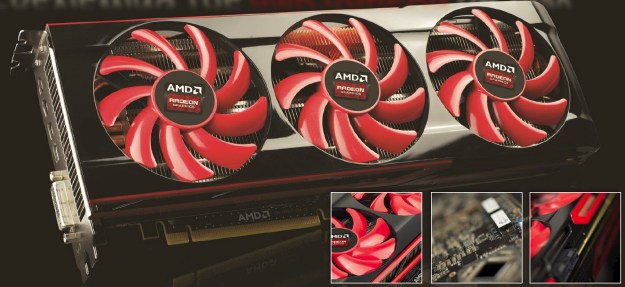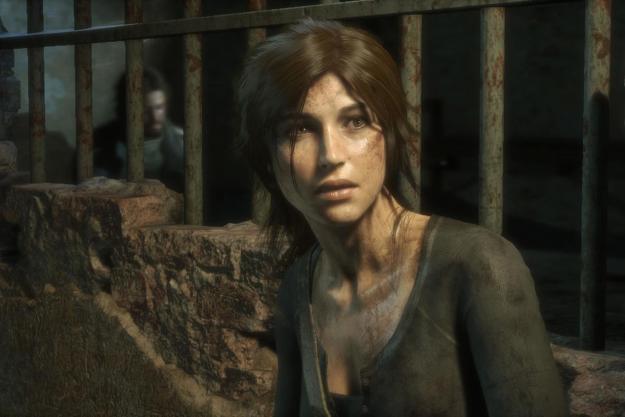 AMD wants to capture the hearts and minds of gamers, wherever they are.
AMD wants to capture the hearts and minds of gamers, wherever they are.
The semiconductor maker has been on a roll lately in the console game arena, with design wins on all three major systems. The PlayStation 4 is running an AMD APU (accelerated processing unit) – which combines GPU and CPU functions on a single chip – while the Wii U is using AMD graphics for its realtime rendering. And if the rumors are correct, the next generation Xbox will also sport an APU.
On the PC gaming side, AMD’s recent launch of the budget-friendly Radeon HD 7790 gives gamers with stock 1080p displays access to reasonably good PC game performance in modern games at a $150 price point.
However, gaming is going to the cloud in a big way. Straightforward game download services like Steam or EA Origin, or full-on games delivered from the cloud like OnLive and CiiNow (and soon the PS4 via Gaikai technology), mean cloud-based gaming is here to stay. Hardcore gamers may not be interested in the 720p interactive video streams delivered by companies like CiiNow, but more casual, on-the-go gamers might appreciate access to current generation titles on their tablets, thin-and-light notebooks, or HDTV sets.
However, it’s not a simple problem to solve. The companies that are delivering cloud gaming simply can’t use a standard PC graphics card to deliver these services. That would mean each gamer they serve would need their own, dedicated card, which is cost prohibitive in multiple ways. In the large data centers needed to serve up cloud gaming, a single card per user would require more servers, more racks, and more power.
The answer is a concept known as virtualization. Many games don’t require all the potential horsepower of even a single GPU. Imagine if a single, high-end GPU could deliver games to two, three, or even more users.
That’s one of the key ideas behind AMD’s new Radeon Sky series GPUs. The Sky isn’t a product that end users will buy for their home PCs. Instead, it’s a solution for large server farms, allowing cloud gaming services to integrate multiple graphics cards into a server chassis, and therefore increase the overall GPU density in a server farm. AMD will be delivering three different Sky products:
- The dual GPU Sky 900, offering 3584 total stream processors and 6GB of GDDR5 graphics memory (3GB per GPU).
- The single GPU Sky 700, with 1792 stream processors, which includes 6GB dedicated to that one GPU. Both the 700 and 900 GPUs are very similar to the high end desktop GPUs used in AMD’s Radeon HD 7950 and 7970 products.
- The Sky 500, with 4GB of GDDR5 and 1280 GPUs.
All three are capable of rendering multiple games for different users at the same time, while also handling the critical task of converting game frames to a compressed, H.264 video stream that’s delivered to gamers wherever they might be. The Sky products are also passively cooled, which improves power usage and heat efficiency in server farms.

AMD further claims it has the fastest PC gaming graphics card on the planet with its Radeon HD 7990 dual GPU graphics card (pictured at the top of the article). The HD 7990 uses to Radeon HD 7970 GPUs along with 3GB of fast GDDR5 memory for each GPU (6GB total.)
The problem: you can’t buy one today.
AMD has been talking up the 7990 for months now in various techn media sites, but no actual products have been forthcoming. Asus did ship a card with dual Radeon HD 7970 GPUs in its Ares II card, but that required specialized cooling and cost a bundle.

When will gamers actually be able to plunk down real money for a real HD 7990? It’s likely that AMD is still working out kinks with clock rates, power and cooling. But the company can’t afford to wait too long, or it’ll risk letting the competition take an insurmountable lead in the market.
Editors' Recommendations
- Qualcomm made a new handheld video game console that you can’t buy
- E3 2019: Microsoft’s hasty, brave Project xCloud demo can’t handle the pressure



